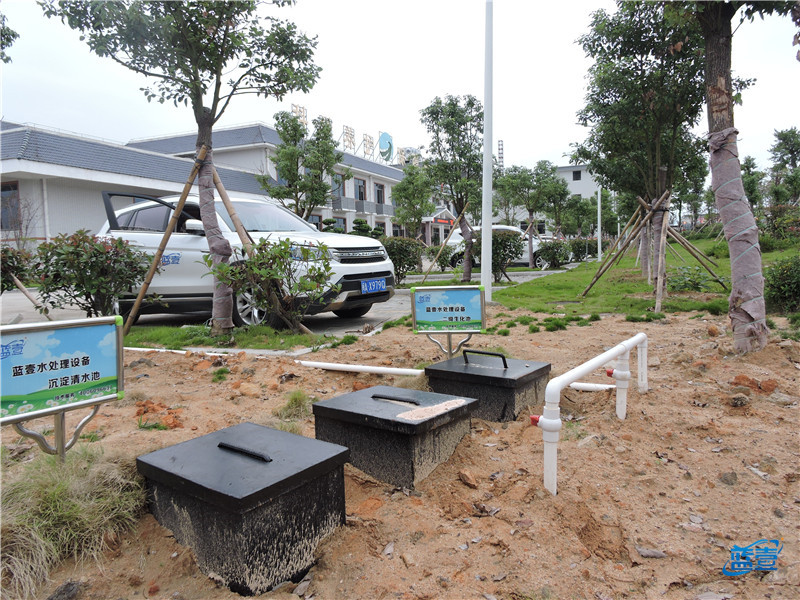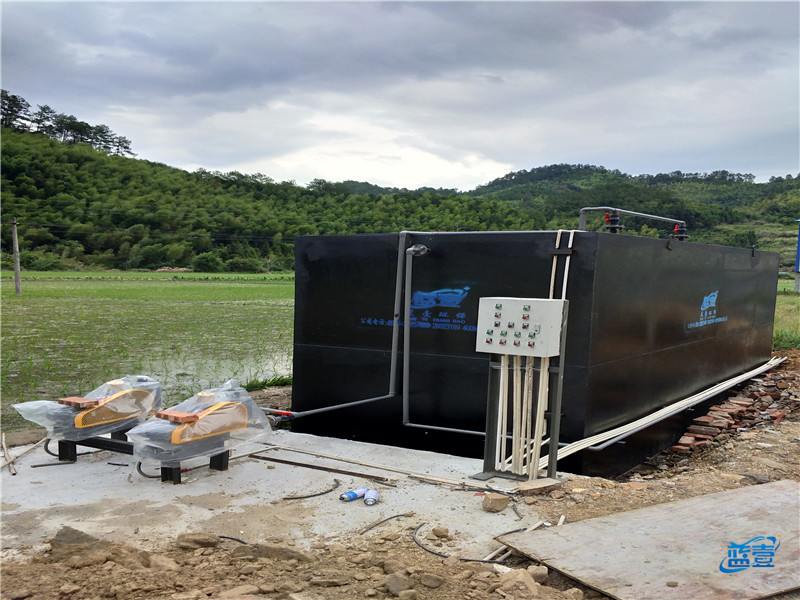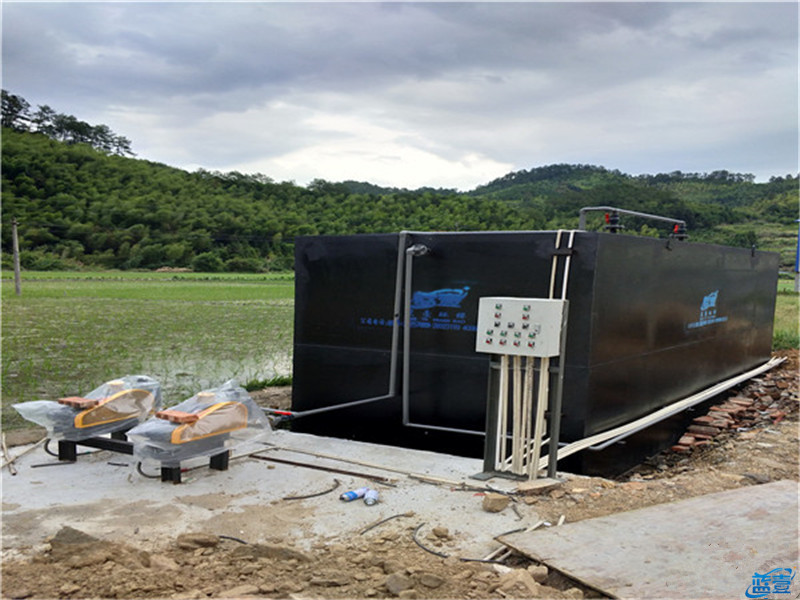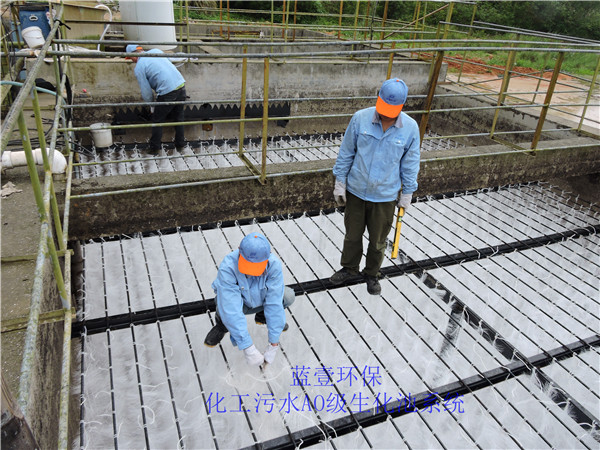+
WeChat:切換按鈕及底部微信


Technical solution for water purifier equipment
Principle of water purification equipment: Wastewater usually contains a large amount of suspended solids and colloidal substances, and coagulation, sedimentation, and filtration technologies are usually used. Usually, there are more suspended solids and colloidal substances in sewage,
Principle of water purification equipment: Wastewater usually contains a large amount of suspended solids and colloidal substances, and coagulation, sedimentation, and filtration technologies are usually used. Usually, there are more suspended solids and colloidal substances in sewage, and the particle size of suspended particles in water is the main reason affecting the settling velocity. Under normal conditions, sodium sulfide particles have a large particle size and a fast settling rate, and the time required for settling removal is short. On the contrary, sodium sulfide particles with small diameters have slower settling rates and require longer settling removal times. Therefore, sodium sulfide requires techniques such as coagulation, settling, and filtration to accelerate settling speed, shorten settling time, and improve removal efficiency. The process of coagulation destroys the stability of the sol, causing small colloidal particles to aggregate into larger particles that are prone to settling.
Reverse osmosis principle: Reverse osmosis is a new membrane separation technology developed in the 1960s, which relies on reverse osmosis membranes to separate solvents and solutes in a solution under pressure. To understand the principle of reverse osmosis desalination, it is necessary to first understand“ Penetration“ The concept. Permeation is a physical phenomenon. When two types of water containing different concentrations of salts are separated by a semi permeable membrane, it is found that the water in the one with lower salt content will permeate through the membrane to the water with higher salt content, while the salt content will not permeate. In this way, the salt concentrations of the two pairs will gradually merge until they are equal. However, it takes a long time to complete this process, which is also known as natural infiltration. But if a pressure is applied on the water side with high salt content, the result can also stop the above permeation, and this pressure is called osmotic pressure. If the pressure is further increased, it can cause water to permeate in the opposite direction, leaving behind salt. Therefore, the principle of reverse osmosis desalination is to apply a pressure greater than the natural osmotic pressure in water with salt content (such as raw water), so that the permeation proceeds in the opposite direction, pressing the water molecules in the raw water to the other side of the membrane and turning them into clean water, thereby achieving the goal of removing salt from water. This is the principle of reverse osmosis desalination.
Reverse osmosis principle: Reverse osmosis is a new membrane separation technology developed in the 1960s, which relies on reverse osmosis membranes to separate solvents and solutes in a solution under pressure. To understand the principle of reverse osmosis desalination, it is necessary to first understand“ Penetration“ The concept. Permeation is a physical phenomenon. When two types of water containing different concentrations of salts are separated by a semi permeable membrane, it is found that the water in the one with lower salt content will permeate through the membrane to the water with higher salt content, while the salt content will not permeate. In this way, the salt concentrations of the two pairs will gradually merge until they are equal. However, it takes a long time to complete this process, which is also known as natural infiltration. But if a pressure is applied on the water side with high salt content, the result can also stop the above permeation, and this pressure is called osmotic pressure. If the pressure is further increased, it can cause water to permeate in the opposite direction, leaving behind salt. Therefore, the principle of reverse osmosis desalination is to apply a pressure greater than the natural osmotic pressure in water with salt content (such as raw water), so that the permeation proceeds in the opposite direction, pressing the water molecules in the raw water to the other side of the membrane and turning them into clean water, thereby achieving the goal of removing salt from water. This is the principle of reverse osmosis desalination.
Previous: Domestic sewage treatment plan
Next: Fully automatic dosing equipment
【Related articles】
【Related Products】
-
Telephone:0371-88912366 0371-88912399
-
Service Hotline:4006096637(technology)
-
Address:Building 3, Dingxiang County, High tech Industrial Development Zone, Zhengzhou City, Henan Province
-

Add WeChat
Copyright Notice: The content published on this website may not be downloaded, reproduced or mirrored without the permission of this website and the author. Violators will be held legally responsible by this website.








 home
home
 WeChat
WeChat
 telephone
telephone